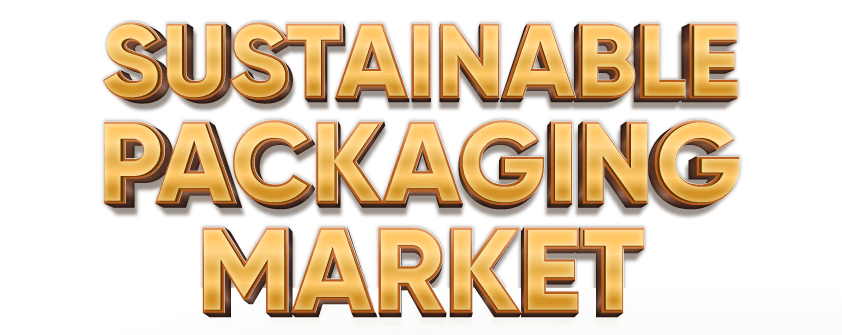In the UK, the sustainable packaging market is experiencing significant growth. By 2030, it’s projected to reach approximately $21.36 billion, doubling from $10.55 billion in 2022, with a compound annual growth rate (CAGR) of 9.2% from 2023 to 2030 . This growth is driven by increasing environmental awareness, regulatory pressures, and consumer demand for eco-friendly packaging solutions.
Key Drivers of Growth
- Environmental Concerns: Rising awareness of plastic pollution and its impact on ecosystems has led consumers and businesses to seek sustainable alternatives.
- Regulatory Measures: Government policies aimed at reducing single-use plastics are encouraging the adoption of sustainable packaging.
- Consumer Preferences: A significant portion of consumers are willing to pay more for products with sustainable packaging, influencing market trends.
Market Segmentation
- Materials: Paper & cardboard dominate the market, while biopolymers are the fastest-growing segment due to their eco-friendly properties.
- Packaging Types: Recycled content packaging leads in revenue, with degradable packaging showing the highest growth rate.
Leading Companies
- Vegware: Specializes in compostable foodservice packaging made from renewable materials.
- Polymateria: Develops biodegradable plastic alternatives that decompose without leaving microplastics.
FAQs
- What is sustainable packaging? Sustainable packaging uses materials and processes that have minimal environmental impact, often involving recyclable, biodegradable, or compostable materials.
- Why is sustainable packaging important? It reduces environmental pollution, conserves resources, and meets consumer demand for eco-friendly products.
- What materials are commonly used? Paper, cardboard, bioplastics, and recycled materials are prevalent in sustainable packaging.
- How does it benefit businesses? It enhances brand image, meets regulatory requirements, and appeals to environmentally conscious consumers.
- Are consumers willing to pay more? Yes, many consumers are prepared to pay a premium for products with sustainable packaging.
- What challenges exist? Higher costs, limited infrastructure for recycling or composting, and supply chain complexities are common challenges.
- How is the UK government supporting this? Through regulations, incentives, and public awareness campaigns promoting sustainable practices.
- What is the role of technology? Innovations in materials and processes are making sustainable packaging more efficient and cost-effective.
- How can companies transition? By assessing current packaging, exploring sustainable alternatives, and collaborating with eco-friendly suppliers.
- What is the future outlook? Continued growth is expected, driven by technological advancements and increasing environmental consciousness.
In conclusion, the sustainable packaging market in the UK is poised for substantial growth by 2030, reflecting a broader shift towards environmental responsibility and sustainable business practices.







